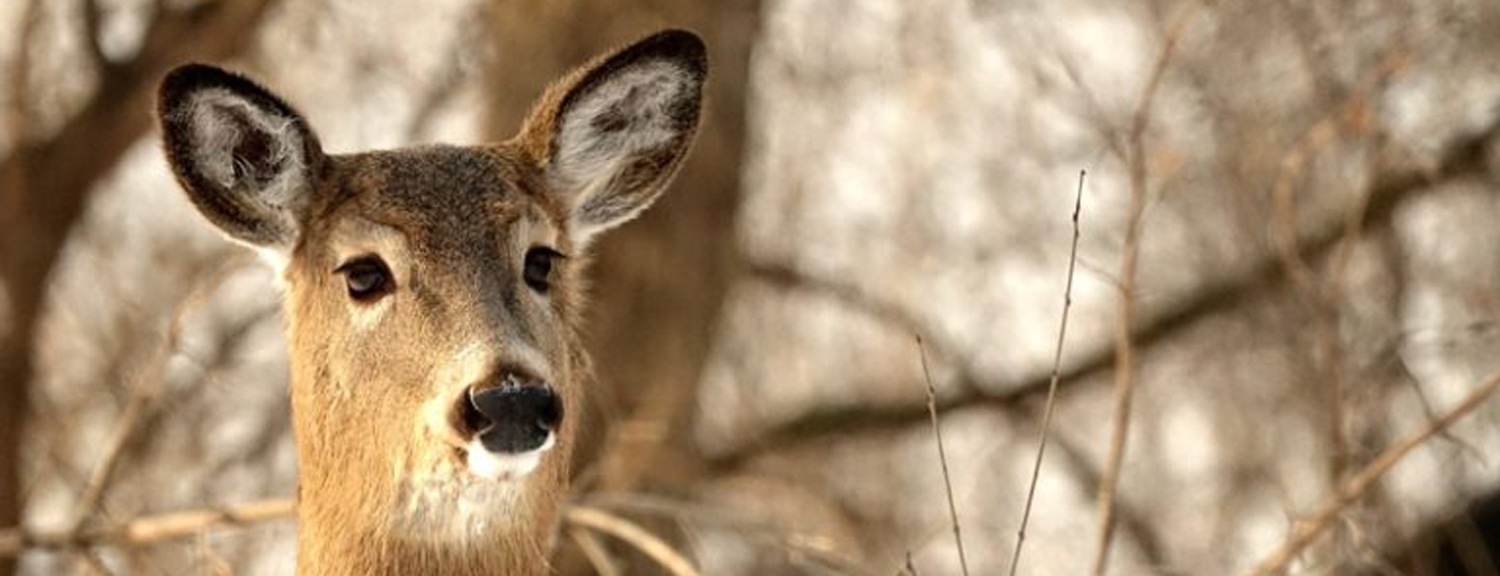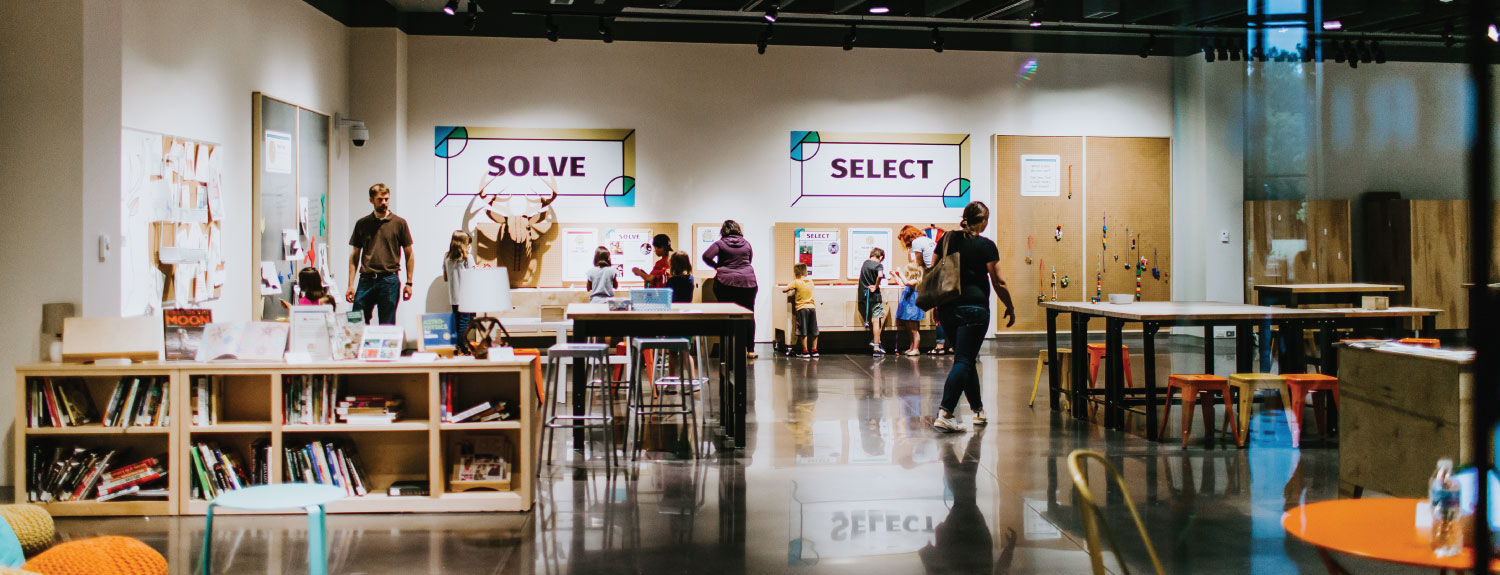
An Exercise in Team Problem Solving
UMN team works to develop a chronic wasting disease diagnostic tool
Published07/31/2019 , by Gretchen Zampogna
When Peter Larsen was a computer science undergrad, he attended a seminar by a biologist looking for students to spend summers researching bat diversity across Caribbean islands. Larsen thought that sounded fantastic, and stopped by the biologist’s office for more details. He was the only student there, and this kicked off a career that he’s been passionate about ever since.
After doing his dissertation on bat genetics and evolution, Larsen’s work focused on mammalian diversity. “Over time, I developed a very dynamic research repertoire looking at emerging diseases of wildlife that may impact human health, and the other half of what I do is evolutionary medicine looking at things like Alzheimer’s to understand how the disease forms,” he says.
The Problem
Larsen’s post-doctorate work at Duke University focused on Alzheimer’s, but when he came to the University of Minnesota in 2018, a meeting about chronic wasting disease (CWD) diagnostics caught his attention.
CWD is a contagious disease afflicting cervids like white-tailed deer, mule deer, elk, and moose. First identified in captive deer in the 1960s, CWD has now been found in wild cervid populations in Norway, Sweden, Finland, South Korea, Canada and the United States (so far in 24 states, including Minnesota). CWD is a prion disease, which is a family of rare progressive neurodegenerative disorders that affect both humans and animals. It may take over a year before an infected animal displays symptoms, which can include drastic weight loss (wasting), stumbling, listlessness and other neurologic symptoms.
As Larsen started researching the issue, he became aware of new technology that could help. “I had a light-bulb moment where I realized we can develop a technology that can rapidly detect chronic wasting disease prions,” Larsen says.
Detecting a Solution
Researchers hadn’t yet explored this area, so Larsen formed a team of experts drawn from the colleges of veterinary medicine and computer engineering. Sang-Hyun Oh, Ph.D., who develops biosensors, spent a month assembling a group of people who could engineer and build the tool Larsen envisioned.
Larsen is one of the Bell’s featured researchers in the Solution Studio exhibit, which highlights how his research team uses genomic tools to solve real world puzzles relevant to human health and wildlife well-being. The exhibit gives visitors a chance to solve their own puzzle challenge.
“This is why the [Solution Studio] exhibit is on problem solving,” Larsen says. “It’s about looking at problem from different perspectives, trying to find solutions, then putting a team together that can actually pull it off.”
With state funding secured in the 2019 budget session, Larsen and the team are putting experiments into motion, hiring staff, and testing different approaches for rapid prion detection. He’s optimistic they’ll have a prototype within two years that can rapidly detect prions in both environmental and biological samples.
“Though we’re early in the process, there’s so much positive momentum that I think we’re going to make some very exciting discoveries,” Larsen says.
Between meeting with stakeholders like landowners, DNR representatives, and deer and elk farmers, Larsen has spent the last few months trying to understand different perspectives on CWD and what each group needs. As the team moves forward, they’ll be able to address these needs with a diagnostic tool.
The tool will be a handheld device, probably a little larger than a cellphone, that can be used to identify prions in a variety of samples. Devices like this have been developed for other diseases, as have snap tests for E.coli and salmonella that change colors when the pathogen is present. Scientists use nanopore sequencers to detect Ebola in Africa, and the last five to ten years have seen exciting developments in the nanotech microfluidic realm, with ever-smaller pathogen-identifying tools available. Larsen’s team is taking current knowledge about CWD diagnosis and applying this current nanotechnology.
Larsen says the takeaway from the CWD display in Solution Studio is all about teamwork. “Forming a team is important. People can work together in problem solving in science and in everyday life; more brains can be better than one.”


